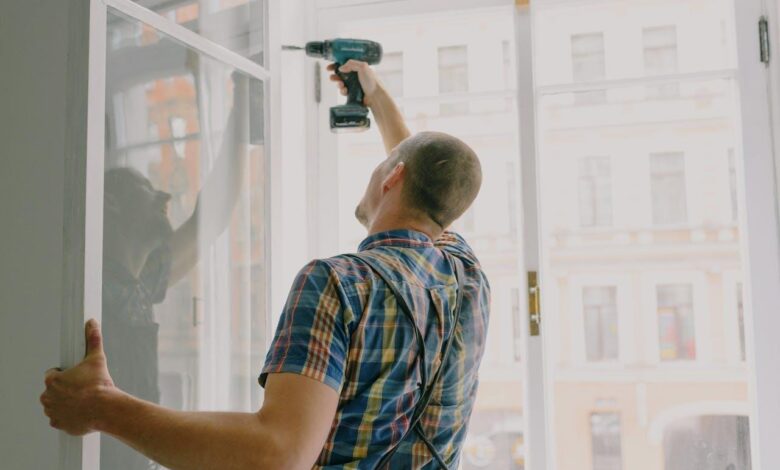Is It Cheaper to Replace All Windows At Once?

The momentous choice to replace windows in your home can be incredibly daunting. Windows aren’t superficial adornments. They’re a significant investment in the aesthetics, coziness, and energy-efficiency of your personal living space. One quandary homeowners frequently encounter is whether it’s more economical to replace all windows at once or to stagger them over time. This guide will delve into the financial, ecological, and efficiency implications of these options, allowing you to make an enlightened choice.
Probing the Comparative Cost Analysis
The prospect of replacing all windows at once can seem formidable from a financial perspective. However, opting for a bulk purchase often commands discounts from manufacturers and installers, effectively diminishing the per-unit cost. What’s more, accomplishing the task in one fell swoop could save you labor and transport expenses, which tend to accrue if you decide on replacing windows incrementally. While the initial outlay may appear daunting, it’s a long-term investment that can yield substantial savings.
Conversely, a graduated approach, where window replacement is spread over several months or even years, can distribute the financial onus and make it more tolerable. Homeowners who are strapped for immediate capital might find this method more feasible. However, the flipside to this approach is higher overall costs due to inflation, volatile material prices, and repetitive labor and installation charges.
Understanding Energy Efficiency and Savings
Today’s modern, energy-efficient windows can dramatically curtail heating and cooling expenditure by improving insulation and reducing air seepage. By swapping all windows at once, homeowners can exploit these benefits instantly. According to the Department of Energy, energy-efficient windows can carve off hundreds from your annual bills, depending on your local climatic conditions and the kind of windows being replaced.
However, a graduated approach to replacement windows in San Antonio may postpone these energy savings. Partial upgrades might not dramatically alter your home’s overall energy efficiency, resulting in continued exorbitant utility bills until all windows are replaced.
Weighing the Environmental Impact and Sustainability
Choosing to replace all windows in one go can bring about several sustainability benefits. Newer, energy-efficient windows can compress your carbon footprint by minimizing the energy needed for heating and cooling your home. Additionally, ensuring all windows are replaced simultaneously allows for responsible recycling or disposal of the old materials, potentially trimming down waste.
On the other hand, a phased replacement approach could result in a mix of materials and technologies in your home, complicating recycling and disposal efforts. What’s more, older windows could persist in contributing to higher energy use for years, thereby diluting the potential environmental benefits.
All in All
The choice to replace all windows at once versus spanning it over a period is invariably dependent on individual circumstances. However, there are distinct advantages to wrapping up this project in one phase. The upfront investment could potentially offer long-term savings. Immediate upgrades can lead to slashed utility bills and minimized carbon emissions. And on the environmental front, concurrent replacement ensures responsible disposal of old materials.
In making this critical decision, homeowners need to factor in their financial situation, environmental priorities, and the possibility of energy savings. Engaging with a professional can provide further bespoke insights, helping you make an informed decision that aligns with your home and personal values.


